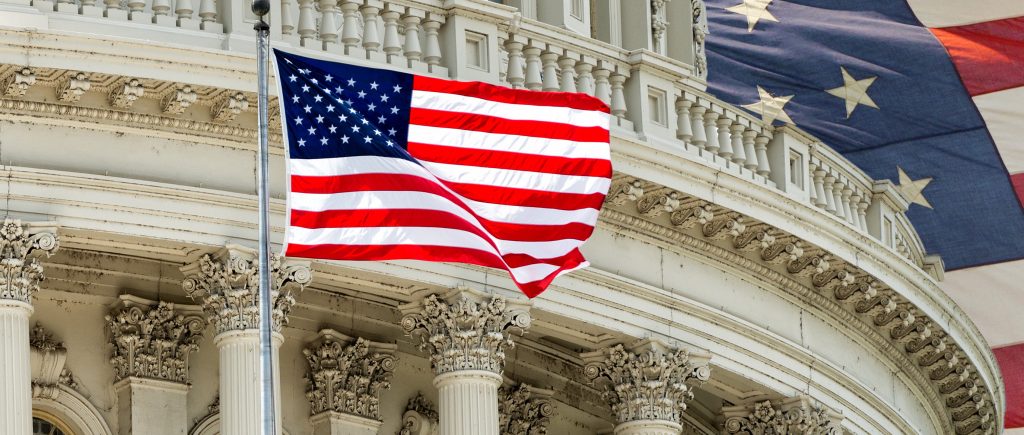The United States economy exhibited stronger-than-previously-reported growth in the fourth quarter of 2023, propelled by robust consumer spending and increased business investment in nonresidential structures, according to the latest data from the Commerce Department’s Bureau of Economic Analysis.
Gross domestic product (GDP) expanded at an annualized rate of 3.4% in the final quarter of last year, marking an upward revision from the previously estimated 3.2% pace. The revision was largely attributed to upgrades in consumer spending, nonresidential fixed investment, and state and local government spending.
Economists surveyed by Reuters had anticipated that GDP growth would remain unrevised. The U.S. economy’s expansion continues to outpace its global counterparts, despite the Federal Reserve’s aggressive efforts to curb inflation through interest rate hikes totaling 525 basis points since March 2022.
From the income perspective, the economy showed even stronger growth, with gross domestic income (GDI) increasing at a robust 4.8% rate in the fourth quarter. This surge in GDI, which outpaced GDP growth, underscores the resilience of the labor market and the resulting elevated wage growth driving consumer spending.
The recent report from the Labor Department also reflects the strength of the labor market, as initial claims for state unemployment benefits fell slightly to 210,000 for the week ending March 23, compared to economists’ expectations of 212,000 claims. Despite concerns earlier in the year, most employers have maintained their workforce, evident from the steady level of jobless claims since February.
While the economy’s momentum is expected to moderate in the first quarter, with growth estimates converging around a 2.0% pace, the underlying resilience of the labor market and sustained consumer spending provide a solid foundation for continued economic expansion.
 Noor Trends News, Technical Analysis, Educational Tools and Recommendations
Noor Trends News, Technical Analysis, Educational Tools and Recommendations





